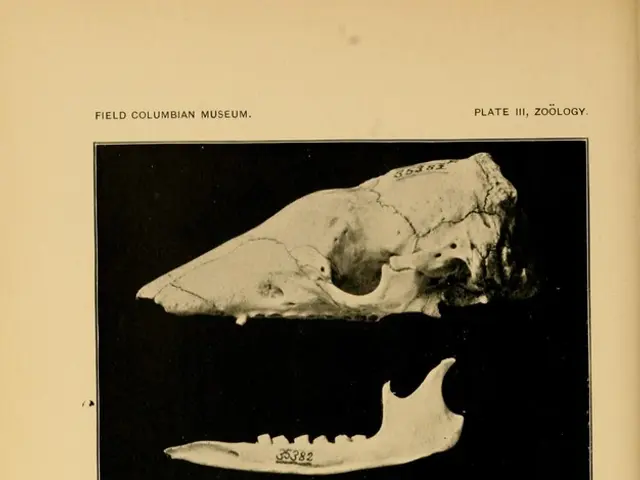Iliopsoas Bursitis: Symptoms, Origins, and Remedies
Iliopsoas bursitis is an inflammatory condition affecting the iliopsoas bursa, a fluid-filled sac located deep within the hip joint that cushions the iliopsoas tendon. This condition is commonly characterized by hip, thigh, and sometimes knee pain. Here is a detailed overview of its causes, symptoms, treatments, and preventative measures.
### Common Causes
Iliopsoas bursitis is often caused by repetitive overuse or mechanical irritation of the iliopsoas tendon and bursa, which can result from activities involving repeated hip flexion such as running, stair climbing, or repeated leg lifting. High-flexion sports like dance, gymnastics, soccer, and martial arts also increase the risk. Hip muscle imbalances or weakness, excessive lumbar lordosis, trauma, hip surgeries, structural issues like femoroacetabular impingement (FAI), underlying inflammatory conditions, prolonged pressure on the hip, and women's pelvic anatomy differences may also contribute to its development.
### Symptoms
Pain in the front of the hip or groin, which may radiate down the thigh to the knee, is a common symptom. Pain often worsens with walking, running, stair climbing, or active hip flexion. Stiffness, especially in the morning or after inactivity, is also common. Tenderness on palpation over the iliopsoas tendon region, a snapping or clicking sensation in the hip during movement, discomfort after prolonged sitting, and difficulty standing from a seated position may also occur. In severe cases, swelling or redness may be noticeable around the hip.
### Treatments
Conservative management is the first approach, including rest, physical therapy, nonsteroidal anti-inflammatory drugs (NSAIDs), ice application, and corticosteroid injections in persistent cases. In rare and severe cases that do not respond to conservative care, surgical intervention may be considered. Treatment should be personalized and supervised by healthcare professionals experienced in musculoskeletal disorders.
### Preventative Measures
Proper warm-up and stretching before activities, strengthening exercises to address hip muscle imbalances and lumbar stability, avoiding excessive repetitive hip flexion without adequate rest, correcting poor posture and gait abnormalities, using proper techniques during sports or exercise to minimize strain, and gradually progressing activity intensity to prevent overuse injuries are all effective preventative measures.
This comprehensive approach helps manage iliopsoas bursitis effectively, reducing pain, improving function, and preventing recurrence. If symptoms persist or worsen, consulting a specialist is recommended for targeted interventions.
Worth noting, the iliopsoas muscle is a group of two muscles located toward the front of the inner hip. Iliopsoas bursitis can cause pain and limited range of motion in the hip joint. In rare cases, an infection in the iliopsoas bursa can occur, causing symptoms such as joint pain, fever, chills, warm skin, feeling ill, and radiating pain in the legs and hips. Antibiotics may be prescribed in these instances.
By being aware of the causes, symptoms, treatments, and preventative measures of iliopsoas bursitis, individuals can take proactive steps to maintain their hip health, particularly those who are athletes or exercise regularly.
- Rheumatology specialists may recommend pain management strategies for individuals experiencing chronic hip pain due to iliopsoas bursitis, a medical-condition that affects the hip joint.
- Rehabilitation programs focusing on fitness-and-exercise, correcting muscle imbalances, and improving posture can aid in the prevention and management of iliopsoas bursitis.
- Science has shown that strengthening exercises can help alleviate the symptoms of iliopsoas bursitis, one of the chronic-diseases that primarily affects the bones and joints.
- Chronic kidney disease patients should be aware that iliopsoas bursitis, although less common in this demographic, may still present, requiring special considerations in pain management due to potential interactions with medications.
- Adopting a health-and-wellness lifestyle centered on proper fitness-and-exercise, well-balanced nutrition, and regular check-ups can help prevent the development of various chronic-diseases, including iliopsoas bursitis.




